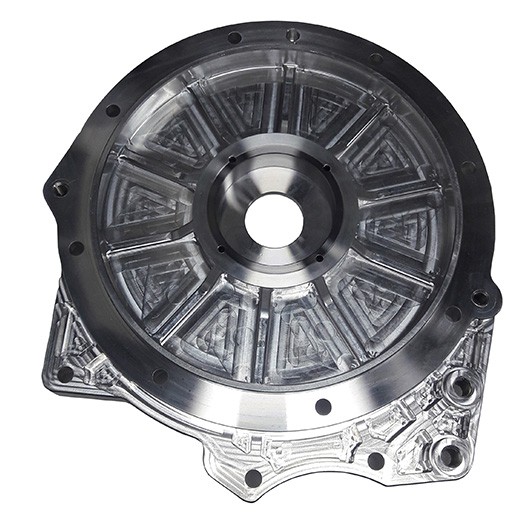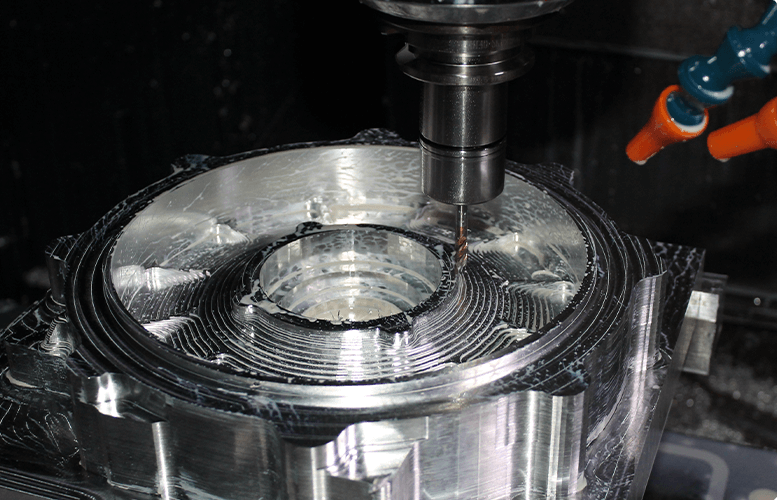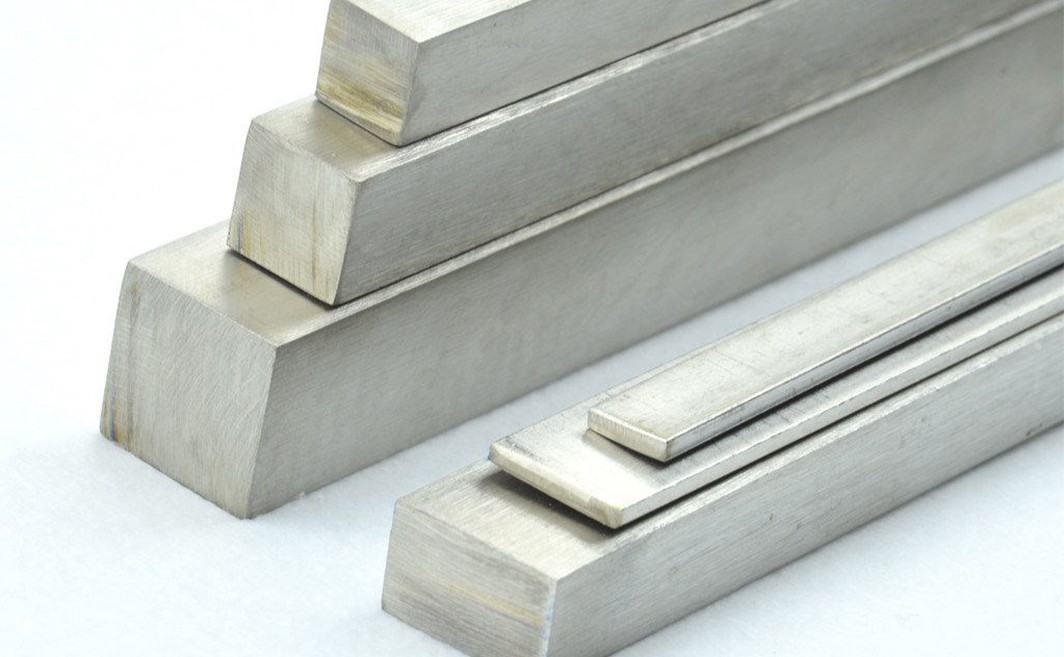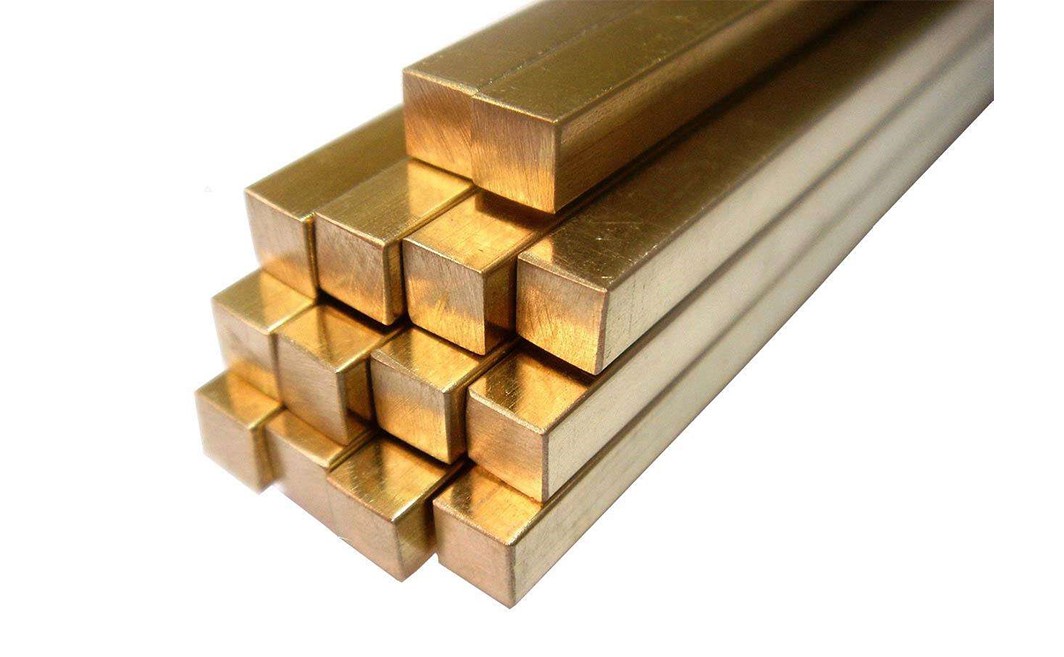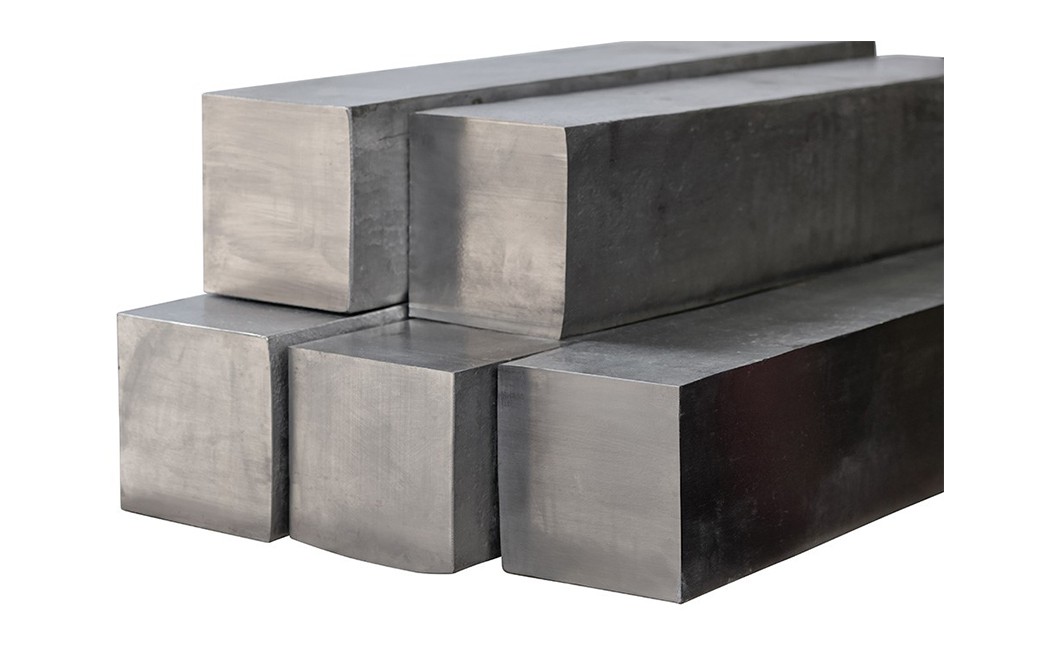Magnesium is a chemical element with the symbol "Mg" and atomic number 12 on the periodic table. Magnesium is a lightweight, silvery-white metal with a density that is approximately two-thirds that of aluminum. It has a melting point of 1,202°C (2,196°F) and a boiling point of 2,477°C (4,491°F). It is valued for its lightweight and strong properties in industrial applications and is crucial for many biological processes in living organisms.
Magnesium CNC machining refers to the process of using computer numerical control (CNC) machines to precisely shape and cut magnesium metal components. Magnesium is a lightweight and strong metal that is often used in various industries, including aerospace, automotive, medical devices, and electronics. CNC machining is a highly accurate and efficient method for manufacturing parts and components from magnesium.









